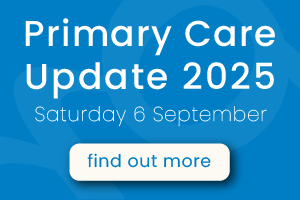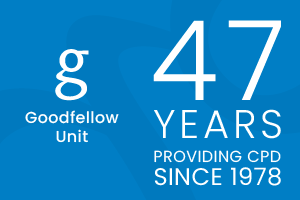Because late repair is associated with premature cardiovascular disease in adult life, coarctation of the aorta (COA)1 requires early detection and treatment. COA leads to hypertension in the upper body above the level of constriction; below the narrowing, a lower blood pressure contributes to faint or absent femoral pulses, cold feet and leg fatigue. COA occurs in six percent of all congenital disorders of the heart and is most missed.
Infants may present with a range of symptoms from failure to thrive, cold lower extremities to complete cardio-respiratory collapse. Decreased or absent femoral pulses and appropriate cardiac murmurs are pathognomic for COA.
Checking femoral pulses prior to the six-week immunisation event and at other scheduled visits should be the task of all clinicians.
Additionally, the American Academy of Pediatrics2 recommends annual blood pressure checks from three years old.
This Gem was written by Prof Karen Hoare

